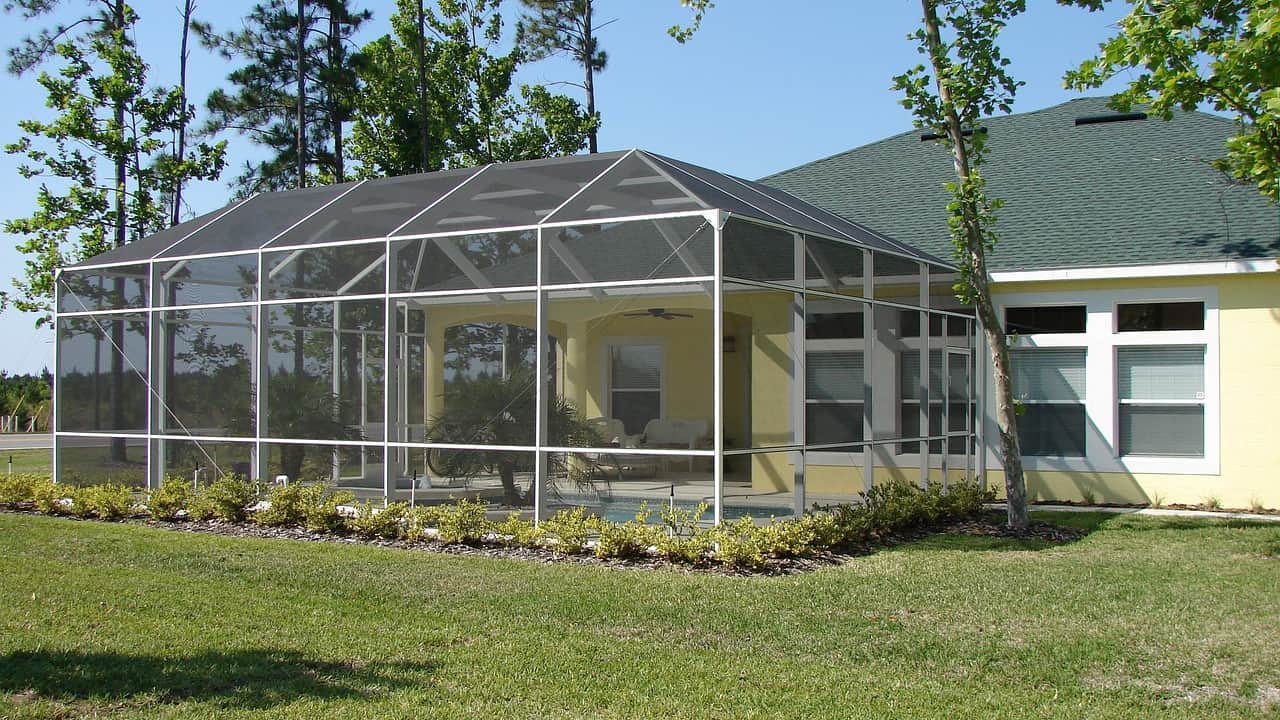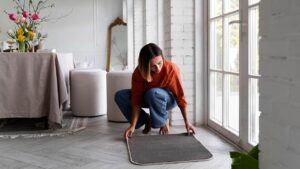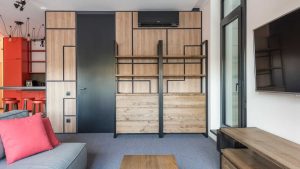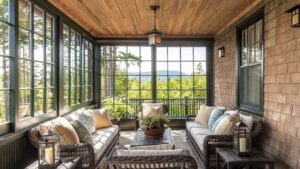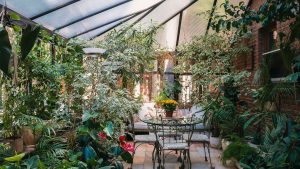Who wouldn’t love a sunlit sanctuary where we can relax without stepping out from the comfort our home? A DIY sunroom offers the perfect balance with a cozy retreat filled with natural light, perfect for sipping your morning coffee, or nurturing your baby plants.
You know the best part? You can make this dream of yours a reality and we’ll make you walk through everything you need to know in creating a stunning self-built sunroom that perfectly suits your lifestyle.
Why Build Your Own Glass Room?
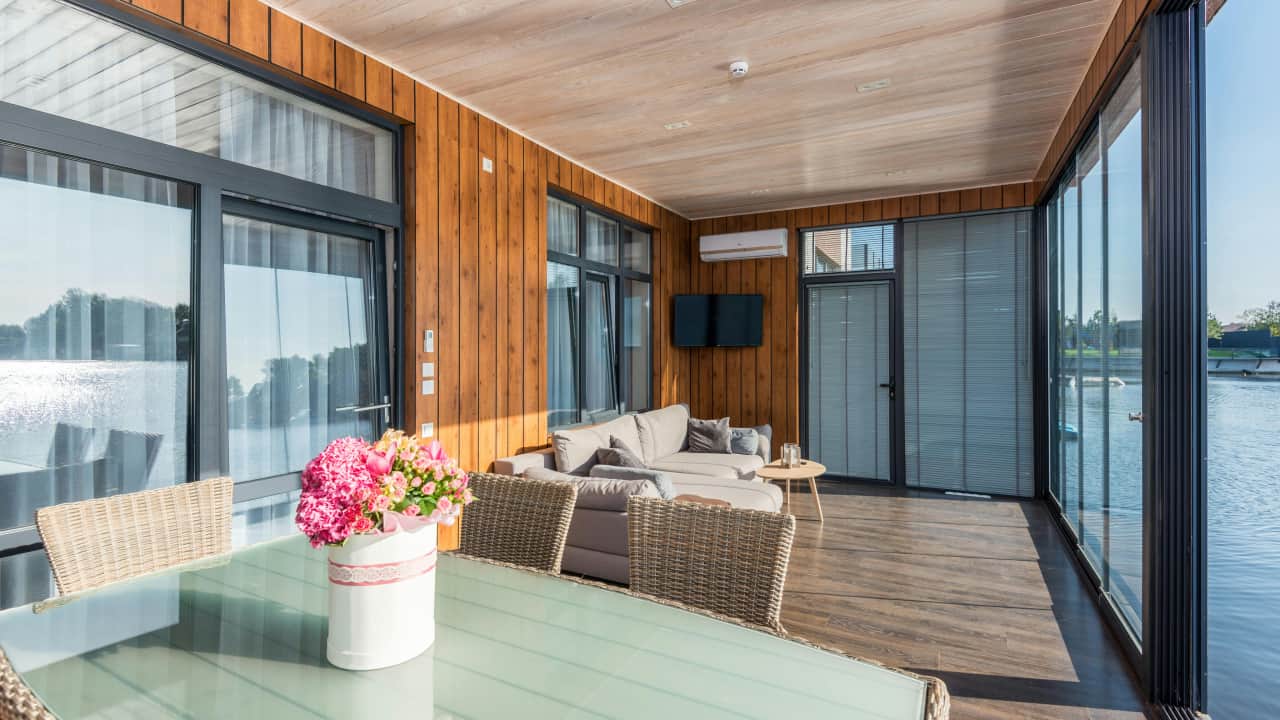
Building a solarium for your oneself is a fantastic idea which shows numerous reasons, such as:
- Cost-Effective. Professional sunroom installations can cost upwards of $25,000. By taking the DIY route, you can save thousands of dollars on labor, freeing up your budget for better materials or décor.
- Customized Design. Want a boho vibe or a sleek modern look? You get complete control over the design, layout, and materials to reflect your personality and preferences.
- Increased Home Value. A well-designed sun lounge can significantly enhance your property’s value, offering a unique selling point.
- Health Benefits. Exposure to natural light boosts your mood, improves sleep, and provides much-needed Vitamin D—even when it’s chilly outside.
Planning Your Do-It-Yourself Sunroom

Successful projects start with good planning. Here’s what to consider:
1. Budget Considerations
A DIY sunroom on average can cost between $100 to $350 per square foot. depending on the materials and size. Prefabricated kits tend to be more affordable, while custom builds may require additional tools and resources. To stay on budget:
- Compare materials at local hardware stores and online.
- Reuse materials, such as salvaged wood or windows, for a rustic touch.
2. Permits and Regulations
You’ll likely need a building permit to ensure your project meets local safety codes. Contact your local zoning office to:
- Confirm size and structure requirements.
- Avoid future fines or legal complications.
- Learn about inspection processes for final approval.
Related Pick: Sunroom Decorating Ideas: The 11 Best Ways
3. Design Inspiration
Get creative! Browse platforms like Pinterest or visit websites for inspiration. Some popular solarium styles include:
- Have a four-Season Sunroom with insulated spaces designed for year-round use.
- Featuring glass walls and ceilings for a lush indoor garden vibe.
- Screened-in Porches are ideal for breezy summer afternoons without the bugs.
Types of Patio Room
Before picking up a hammer, decide on the type of solarium that best fits your needs and skill level.
1. Prefabricated vs. Custom-Built Sunrooms

Prefabricated Kits
These come with pre-cut materials and assembly instructions, making them ideal for beginners.
Companies offer various kits for different budgets and skill levels.
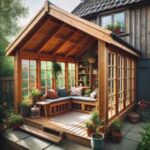
Custom DIY Sunroom
Perfect for those who want full creative control.
However, custom builds require advanced skills, precise measurements, and patience.
2. Seasonal vs. Year-Round Sun Lounge

Seasonal Sunrooms
Typically built with lightweight materials and single-pane glass to feel the beauty of outside environment.
These are more affordable and great for spring through fall.

Year-Round Sunrooms
Year round sunrooms include insulation and double-pane windows in them to tackle all the different weathers.
Heating and cooling systems are often installed for comfort in all seasons.
Construction Process

The construction process involved is quiet sophisticated and fun if you love sunrooms. There are some crucial steps for DIY sunroom, such as;
Step 1. Framing and Structural Requirements
A solid foundation and frame are the main necessities for a safe and long-lasting sunroom. Here’s how to get started:
- Foundation. Concrete slabs or wooden decks work well. Ensure the surface is level before construction.
- Frame Materials. Choose the frame materials between aluminum (lightweight and weather-resistant), wood (classic aesthetic), or vinyl (low maintenance).
Step 2. Installing Windows
Windows let in natural light and help define the space.
- Select Energy-Efficient Windows. Choose energy-efficient windows with UV protection to reduce heat loss in winter and overheating in summer.
- Frame the Openings. Ensure the frames are square and level. Secure them tightly into place, using caulk for waterproofing.
Step 3. Install the Roof
Installing the roof will keep you safe from harsh weather and temperature changes inside the sunroom.
- Choose Roofing Material. For the roofing, consider polycarbonate panels for a lightweight, or transparent option for better insulation.
- Install Roof Beams. Add the roof beams to the top of your frame, ensuring they are secure.
- Add Roof Panels or Shingles. Polycarbonate panels are easy to install and provide great light, while shingles are better for insulation.
Step 4. Insulation and Weatherproofing
Insulating your sunroom keeps it comfortable throughout the year.
- Add Insulation. Consider using foam board or fiberglass batts in the walls and ceiling.
- Seal Gaps. Use high-quality caulk to seal around windows and doors to prevent drafts and water leaks.
DIY Challenges and Tips
Following are some of the main challenges you can face while constructing a sunroom and solutions for catering with those challenges:
| Challenges | Solutions |
| Accurate measurements for materials | Triple-check all dimensions before cutting |
| Weatherproofing the room | Use high-quality sealants around windows and roof panels. |
| Working alone | Recruit a friend or family member for extra help. |
| Budget Overruns | Set your budget for unexpected costs around 10-15% of your total budget is a good rule of thumb. |
| Dealing with Unforeseen Weather Conditions | If you’re working in a region that experiences significant seasonal changes, try to complete outdoor tasks during the warmer months or plan for more indoor tasks during cold weather. |
Costs and Budgeting

Although the DIY approach is budget-friendly, it’s essential to keep a track of your expenses carefully. Remember the initial budget that you have set? Revisit it regularly as the prices of building materials may fluctuate. Below is a breakdown of average costs:
- Foundation: $1,000 – $6,000
- Insulation: $300 – $1,500
- Roof: $500 – $7,000
- Windows: $3,500 – $12,000
- Doors: $700 – $2,400
- Electricity: $250 – $600
- HVAC: $300 – $5,000
- Interior Finishing: $500 – $5,000
- Site Cleanup: $300 – $700
Finishing Touches
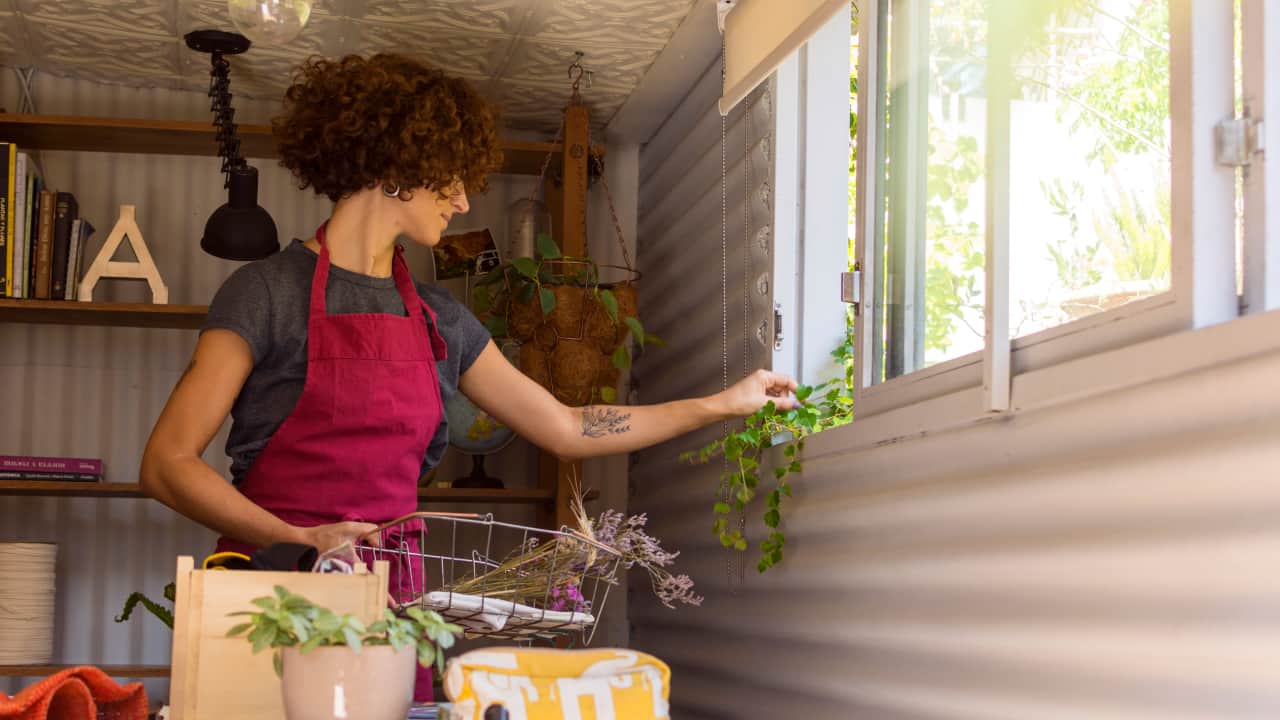
Once your glass room’s structure is complete, now it’s time to add the charm by:
Furniture and Decor
Choose weather-resistant furniture for durability. Wicker or rattan pieces with colorful cushions work wonderfully for seasonal glass rooms. Focus on a cozy and modern interior decor of your sunroom that must give a classy vibe.
Lighting
String lights or lanterns can create a warm, inviting atmosphere. If your garden room doubles as a workspace, consider adjustable LED fixtures for functionality.
Flooring Options
For flooring options, you may use durable and easy to clean tiles. Have some beautiful carpets which adds warmth and coziness, ideal for four-season sunrooms.
Conclusion
A DIY sunroom is never an easy task but with careful planning, a bit of grit and grind, and help from authentic online resources, you can transform your home into this light-filled haven. So, grab your toolbox, channel your inner builder, and let the sunshine in!

